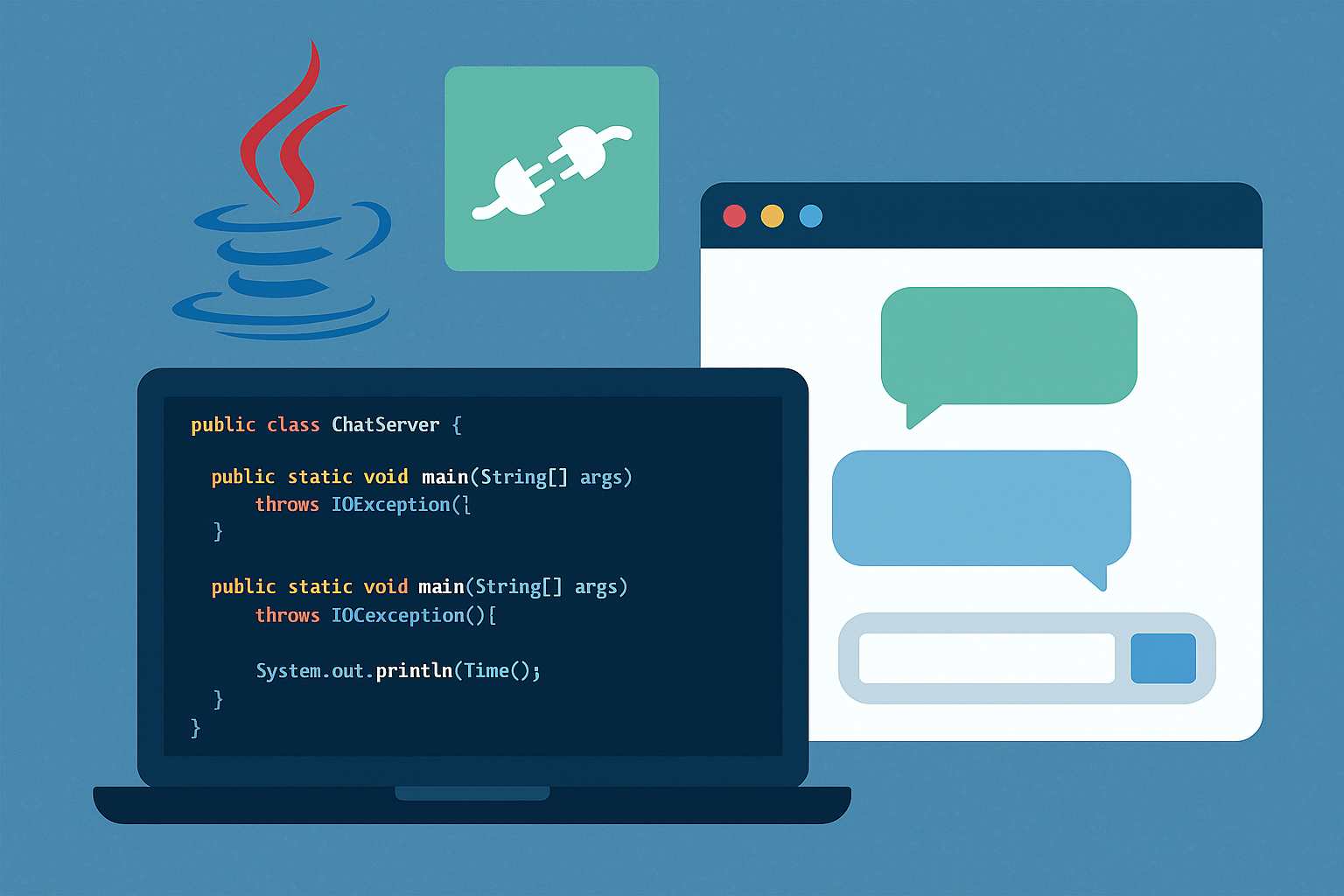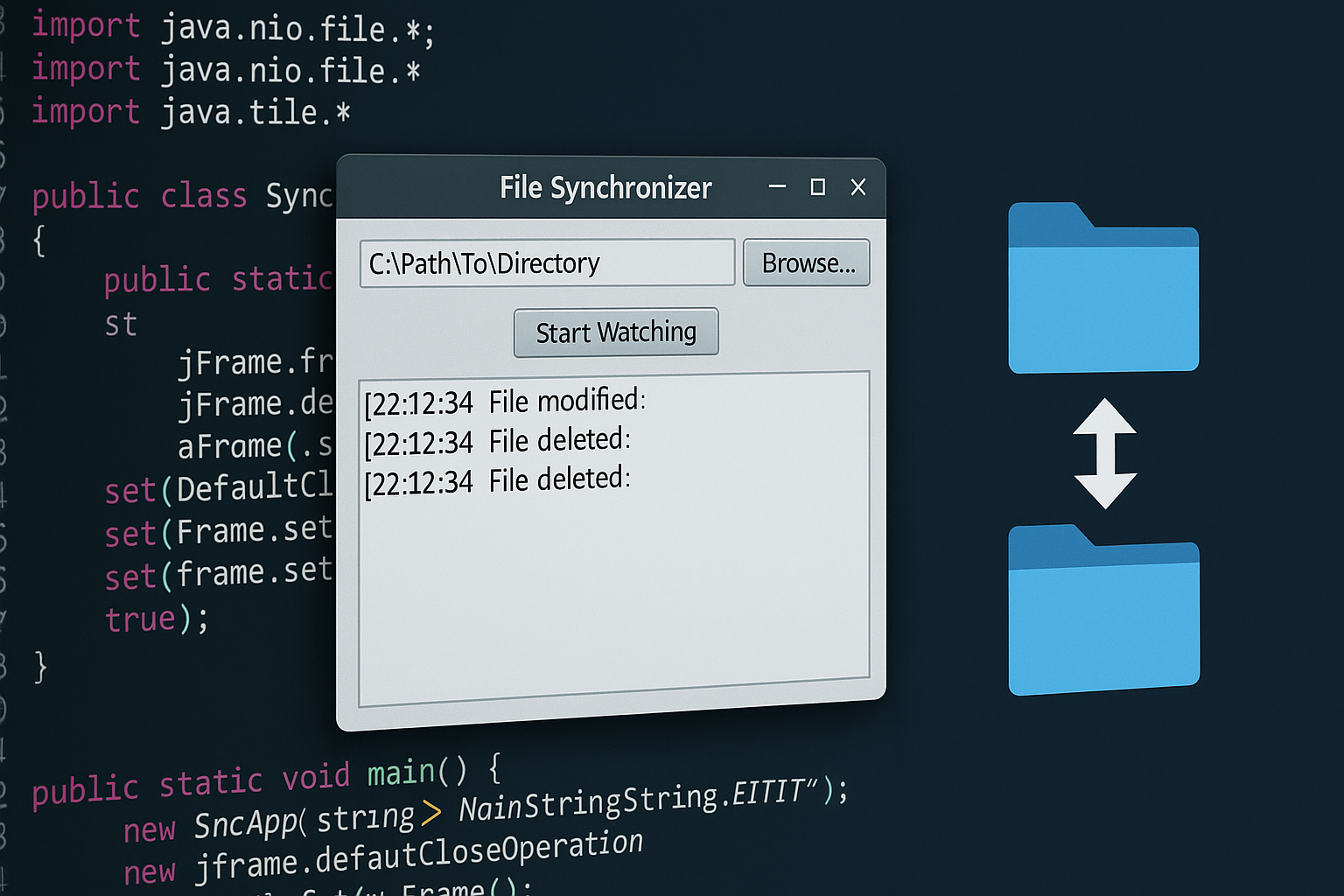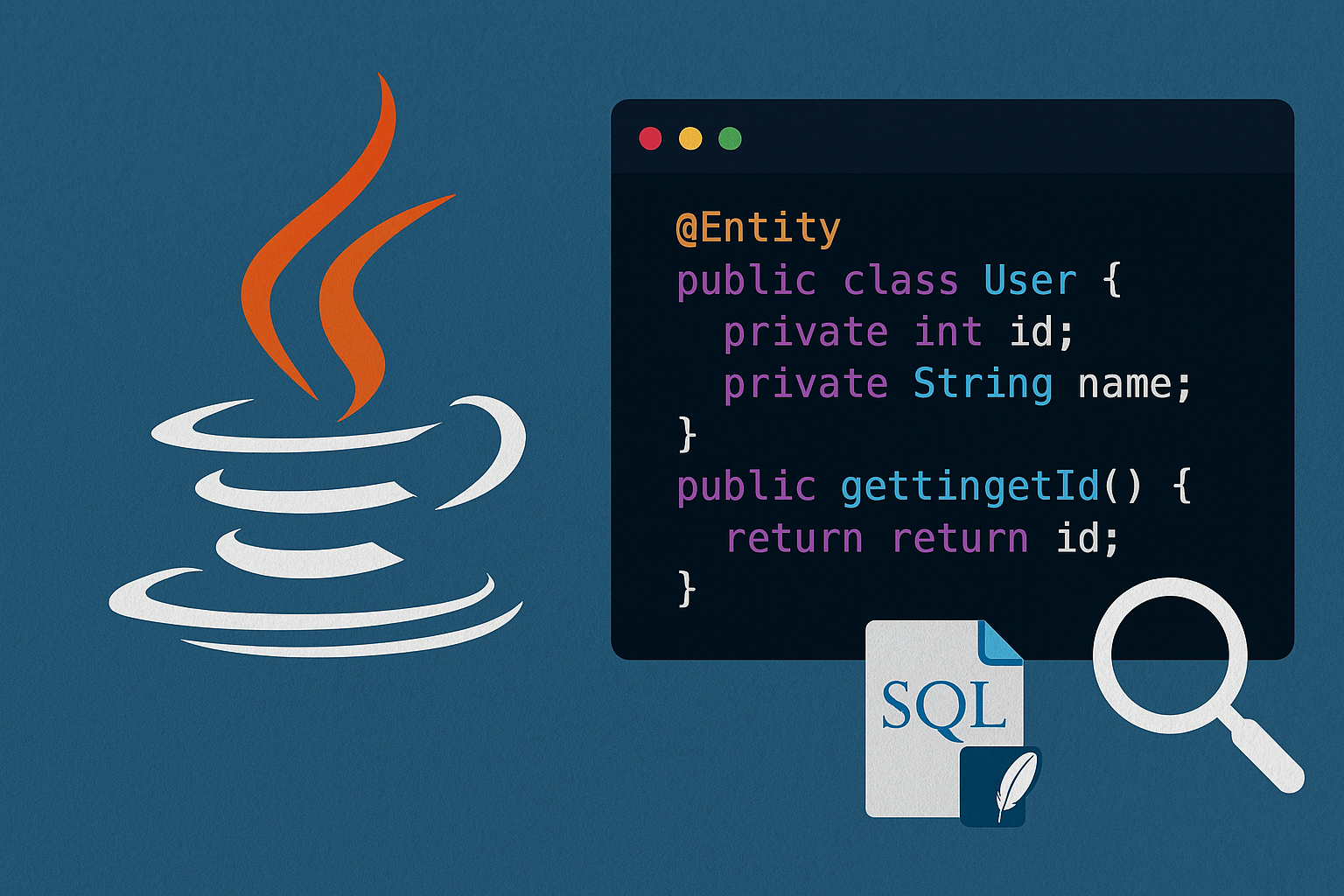"I want to learn real-time communication in Java, but it seems difficult."
"I want to be able to create two-way communication like in a chat app."
If you have such concerns,Experience building a simple chat app using Javais.
If you use socket communication,Realizing one-to-one communication in real timecan.
Starting with a simple structure,Network communication mechanisms and error handlingYou will naturally acquire this skill.
In this article,A chat app that even beginners can createof,
We will explain it from a professional perspective in an easy-to-understand manner and include code.
What is a chat app?
This is the best subject for learning real-time communication.
Conclusion: Creating a chat app will help you learn the basics of network communication.
Java has Socket There is a communication mechanism in place,
This allows programs toSend and receive messagescan.
Real-time communication is used in a wide range of fields, including LINE and games.
Creating this system yourself and experiencing it will directly improve your practical skills.
Configuration and required functions
At least two programs are required
In conclusion: create a server side and a client side.
The configuration is as follows:
1 | |
Functions achieved:
- Client sends a message
- The server receives the message and relays it to everyone
- Two-way communication is processed in parallel using threads
Server side code: ChatServer.java
1 | 5000; ); ({ ); } } } } } |
Client side code: ChatClient.java
1 | , 5000 |
Common errors and solutions
- Port in use
→ Solution:5000If the port number is being used by another app, change it. - I don't receive messages
→ Solution:PrintWriterofautoFlush=trueSpecifying this will send it immediately. - Crashes when multiple people are connected
→ Solution:synchronizedYou can deliver content securely by controlling access using the following (simplified in this example).
Application ideas for even more practical use
- GUI chat screen (
SwingorJavaFX) added - Named chat (enter nickname)
- Message history storage feature
- Sending and receiving stamps and emojis (binary processing)
Summary of the final configuration
- ChatServer.java: Connection acceptance and message delivery processing
- ChatClient.java: User input and server reception processing
- Communication method:
Socket(TCP communication) - Concurrency: The server
ThreadSupports multiple clients, and clients also process reception in a separate thread
Summary: You can learn real-time communication with Java
In this article,How to create real-time chat using Java Socket communicationWe introduced the following.
What you'll gain from this article:
- Client-Server Communication Basics
SocketandThreadTwo-way processing by combining- Error handling and parallel processing concepts
The chat app is simple yet deep.The best learning material for network programmingis.
Please try using it and develop it into your own unique chat tool!


